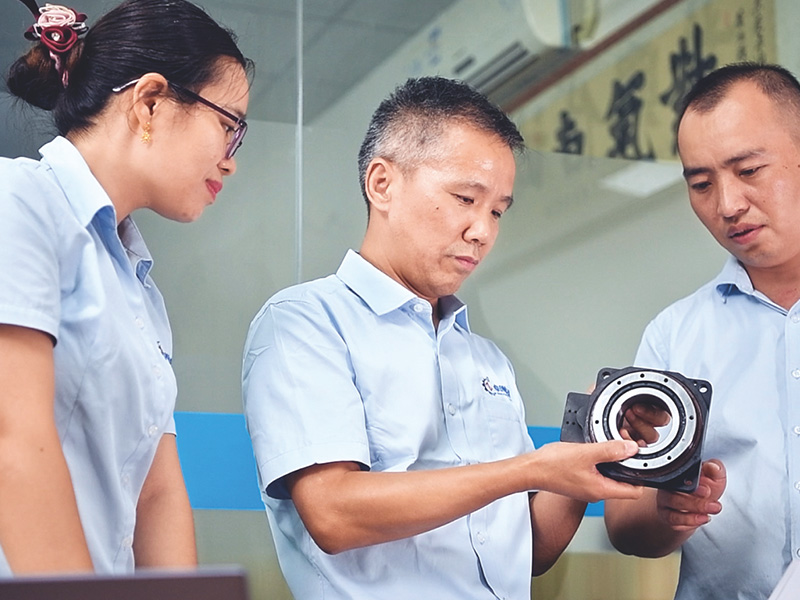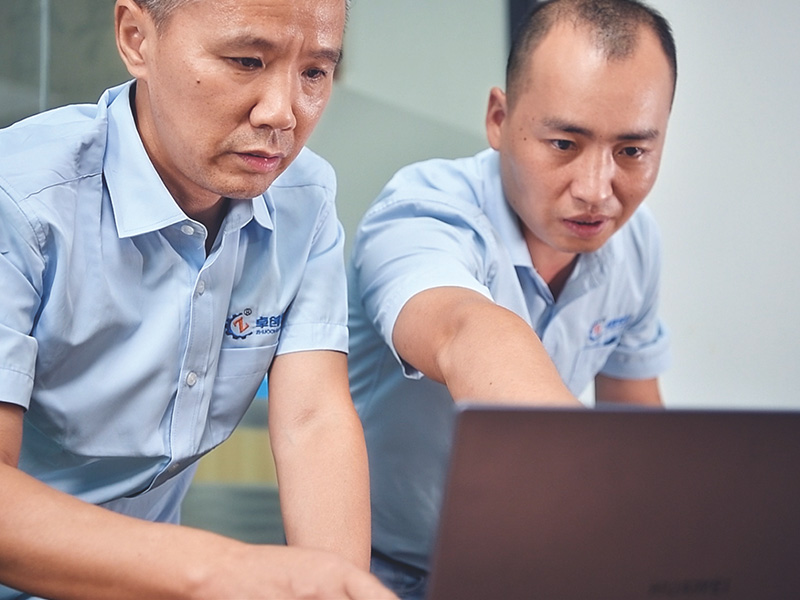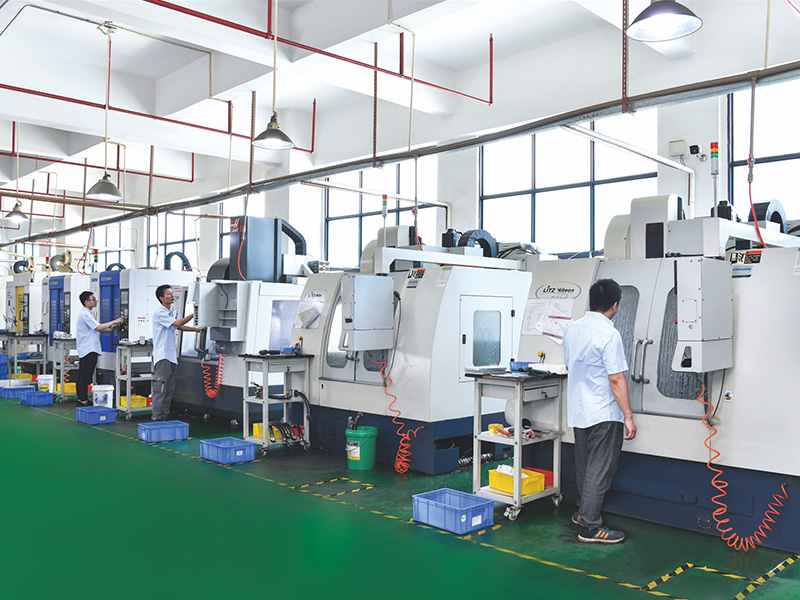Choosing a good hollow optional platform reducer material is conducive to improving the bearing capacity and service life of the gear reducer. In view of its structural characteristics and the load characteristics of the gear, hardened gears should be widely used. There are many heat treatment methods to obtain hardened gears. Such as surface quenching, overall quenching, carburizing quenching, nitriding, etc., should be selected according to the characteristics of the gear reducer. Below, the editor of Zhuo Chuang will take you to understand the quenching process of the hollow optional platform reducer:

1. Nitriding
Nitriding can ensure that the gear can achieve high tooth surface hardness and wear resistance under the condition of minimum deformation, and no finishing after heat treatment, which improves the load-bearing capacity.
2. Surface hardening
Common surface quenching methods include high frequency quenching (for small-size gears) and flame quenching (for large-size gears). When the hardened layer of surface quenching includes the bottom of the tooth root, its effect is obvious. The tooth surface hardness can reach 45-55HRC.
3. Carburizing and quenching
The carburized hardened gear has a relatively large load-bearing capacity, but a finishing process (gearing) must be used to eliminate heat treatment deformation to ensure accuracy.
Carburized and hardened gears are commonly used alloy steels with a carbon fraction of 0.2%-0.3% before carburization. The hardness of the tooth surface is often in the range of 58-62HRC. If it is lower than 57HRC, the hard surface strength decreases significantly, and it is brittle if it is higher than 62HR increase. The hardness of carburized and hardened gears gradually decreases from the surface of the gear to the deep layer, and the effective carburizing depth is specified as the depth from the surface to the hardness of 5.25HRC. The effect of carburizing and quenching on the bending fatigue strength of gears not only increases the hardness of the core, but also lies in the residual compressive stress on the surface. It can reduce the stress in the stress zone, so the root part of the tooth cannot be ground during tooth grinding.








